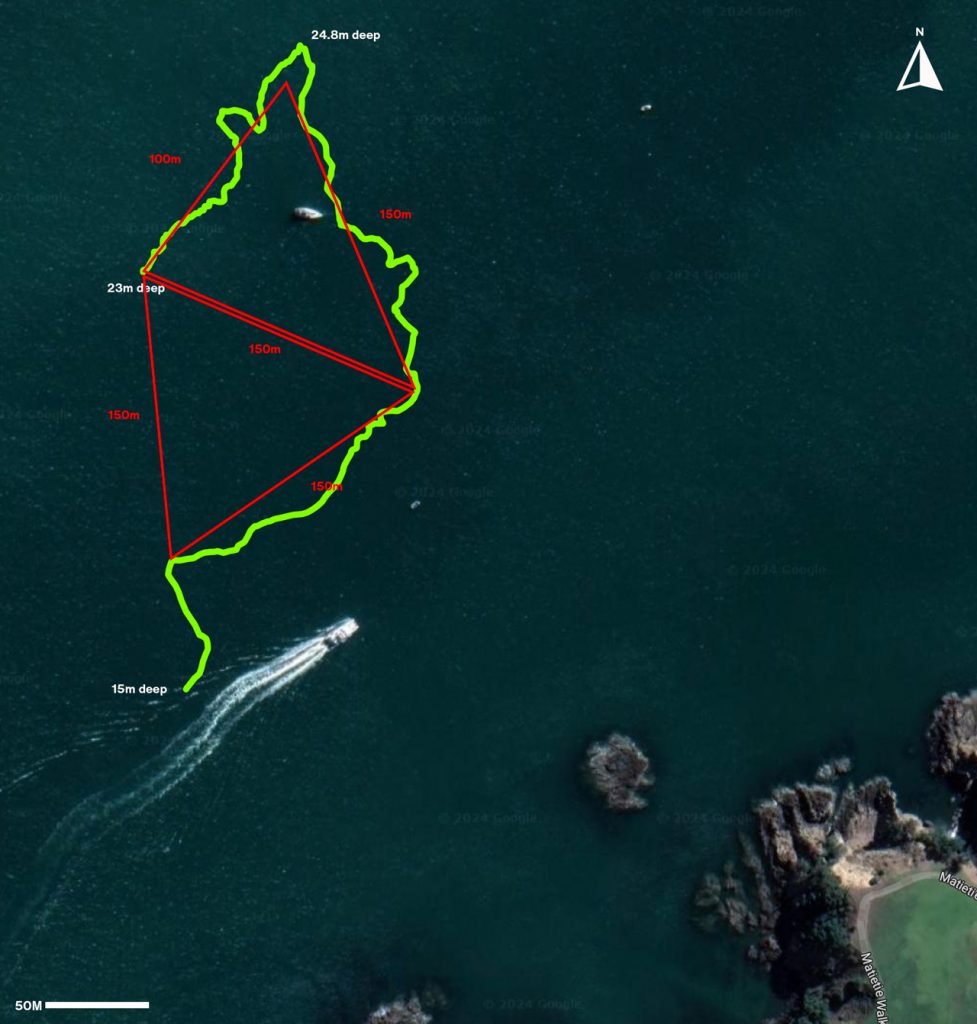In New Zealand, we have 75 fish populations that are supposed to be managed sustainably. The main way we do this is by setting limits on how many fish can be caught, known as the Total Allowable Catch (TAC). We don’t keep regular track of the fish caught by recreational and cultural fishers. The only annual numbers are for commercial fishing, which has a limit called the Total Allowable Commercial Catch (TACC).
What’s puzzling is that for many fish populations, the TACC is set way higher than what’s actually being caught, and it’s been like that for years without any change. To me, this means these fish aren’t really being managed at all. Of the 75 in Aotearoa there are 16 fish populations in the Gulf that stand out as ‘unmanaged’ due to their TACC being significantly higher than the actual catches.
I had high hopes for the new Fisheries Management Plan for the Gulf, thinking it might sort out these unmanaged populations. I tried to get some answers by writing to the minister, and when that didn’t work, I filed an Official Information Act request. The reply came from Simon Lawrence at Fisheries New Zealand, but it wasn’t what I hoped for. They’re only planning to review four out of the 16 unmanaged populations this year – Flatfish, Rig, Blue cod, and Red cod. That leaves Pipi, Horse mussel, Paddle crab, Anchovy, Sprat, Pilchard, Jack mackerel, Pōrae, Leatherjacket, Trumpeter, Longfin eel and Spiny dogfish unmanaged. Four of these fish are at the bottom of the food web and are critical for the Gulf ecosystem function. Horse mussels are endemic (found only in New Zealand) and aggregations dense enough to be called beds are now extinct in the Gulf, Longfin eel are also endemic and going extinct.
So here we are, with a fisheries plan that talks a big game about moving towards an ‘ecosystem-based fisheries management‘ approach, but we’re not even effectively managing individual fish populations.



























